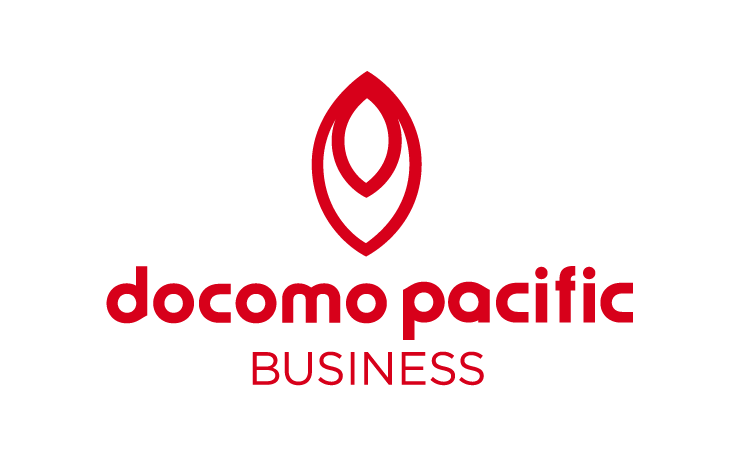In response to COVID-19, remote working became the norm for many businesses. Companies had a steep learning curve during the pandemic, struggling to find the best ways to support a widely dispersed workforce. And now that remote work is becoming an expectation — no longer relegated to certain industries or generations — these companies will have to keep searching for optimal ways to connect their workers.
Before the pandemic, 17% of US employees were working from home five or more days per week. But COVID-19 certainly accelerated the adoption of remote work, with that percentage increasing to 44%. With more and more job seekers expecting to have the ability to work from home, it’s important to consider the long-term needs of remote workers.
Trends in the Workplace
- As Millennials become the majority of the workforce, it’s critical that employers evolve to attract them by offering the ability to work remotely.
- As Generation Z — the first “digitally native” generation — enters the workforce, employers need to be open to change and embrace new technologies.
- Enabling a remote workforce means access to talent from all over the world, instead of a small, localized pool.
- Increasing employee satisfaction and retention hinges on offering flexibility for an improved work-life balance.
- Coworking spaces continue to expand the possibilities of a flexible workforce.
The New Normal: Remote Working
Without any notice or time to plan, COVID-19 forced businesses to evaluate the way they operated in regards to both their employees and clients. Rapid changes in enterprise IT put new stressors on legacy systems and internal IT resources. As a result, Hosted Unified Communications (UC) and other connection platforms were adopted by companies who may not have even considered them before.Although many employees will return to offices as regions reopen, others will continue to work remotely. Now is the time for companies to prepare for this “new normal.” Businesses must also be ready to respond to additional outbreaks by allowing employees to return to remote work. In addition to maintaining business operations during the pandemic, there are several other benefits that businesses can gain with a remote working strategy:
Decreased Office Space Costs
With a remote workforce, you can save money on office space that can then be invested in other areas of operations. Studies show that employers can save up to “$11,000 per half-time remote employee.” That means for every full-time, fully remote employee, companies could save as much as $22,000 per year.
Increased Sustainability
With fewer people commuting to work, there was an immediate reduction in pollution and an improvement in air quality across the globe. Compared to 2019’s average, daily global CO2 emissions fell 17% by early April 2020.
Reduced Business Travel
The impacts of COVID-19 have transformed many aspects of work and office life, including rethinking the necessity of travel. Both virtual and in-person meetings have pros and cons, but more often than not, the monetary savings of virtual meetings outweigh the benefits of face-to-face meetings. According to Global Workplace Analytics, “a typical employer can save about $11,000/year for every person who works remotely half of the time. Employees can save between $2,500 and $4,000 a year (working remotely half the time).”
The future of work is remote, so enterprises must provide communications technologies for their teams to be successful in this new normal.
The Benefits of Hosted UC
Hosted UC offers many benefits to companies looking to connect their geographically dispersed employees. Collaboration features ensure that clients and employees are able to thrive, even from a distance. An investment in Hosted UC future-proofs your business and improves employee retention.As work moves outside of the office, it’s important that communication technologies are secure and flexible. Hosted Unified Communications is both of these things. No matter where an employee is working or what devices they are using, the security of their networks is maintained with Hosted UC. And device-agnostic voice, video and chat solutions mean they can move seamlessly between working on a laptop, tablet or cell phone.
The benefits of Hosted UC include:
- Productivity: Reliable, device-agnostic tech supports job efficiency.
- Scalability: Flexible, customizable solutions ensure Hosted UC can support businesses of any size.
- IT resources: Hosted UC provides security updates and patches.
- Communication: A central hub of communication allows remote teams and dispersed offices to easily communicate.
- Support: With cloud-based support, you never need to buy new equipment.
- Business continuity: Should an emergency occur—such as a natural disaster or power outage—Hosted UC will keep your business operating as usual.
Clear, efficient and reliable communication is critical to the success of remote work for your business. To discover more about the benefits of Hosted Unified Communications, download our free white paper.
About the Author
DOCOMO PACIFIC
A wholly owned subsidiary of NTT Docomo in Japan, DOCOMO PACIFIC offers business internet, phone, cable and mobile services to Guam and the CNMI.








